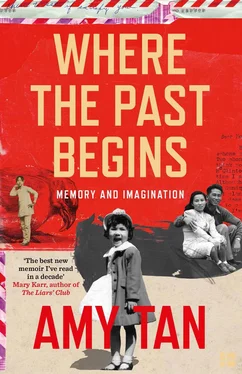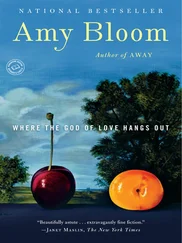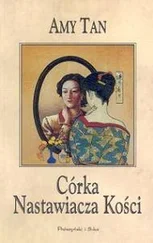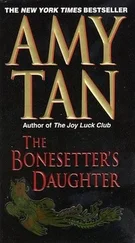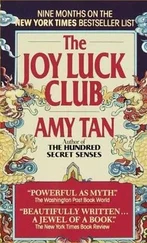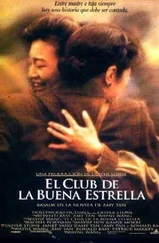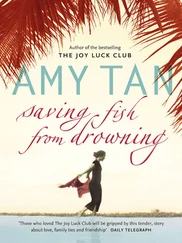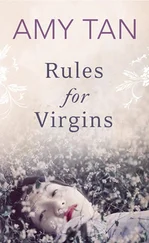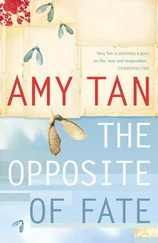
4th Estate
An imprint of HarperCollins Publishers
1 London Bridge Street
London SE1 9GF
www.4thEstate.co.uk
This eBook first published in Great Britain by 4th Estate in 2017
First published in the United States by Ecco, an imprint of HarperCollins Publishers , in 2017
Copyright © 2017 by Amy Tan
Cover illustration by Michelle Thompson. Images by kind permission of the author.
‘One of the Butterflies’ by W. S. Merwin taken from The Shadow of Sirius (Bloodaxe Books, 2008) and reproduced by permission of Bloodaxe Books.
www.bloodaxebooks.com
‘The Breaker of Combs’ was first published in Zyzzyva , October 2016.
‘The Unfurling of Leaves’ was first published in Allure magazine, November 2005, titled as ‘A Natural Woman.’
Amy Tan asserts the moral right to be identified as the author of this work
A catalogue record for this book is available from the British Library
All rights reserved under International and Pan-American Copyright Conventions. By payment of the required fees, you have been granted the non-exclusive, non-transferable right to access and read the text of this e-book on-screen. No part of this text may be reproduced, transmitted, down-loaded, decompiled, reverse engineered, or stored in or introduced into any information storage and retrieval system, in any form or by any means, whether electronic or mechanical, now known or hereinafter invented, without the express written permission of HarperCollins
Source ISBN: 9780007585571
Ebook Edition © November 2018 ISBN: 9780007585564
Version: 2018-09-25
For Daniel Halpern,
suddenly and finally,
our book.
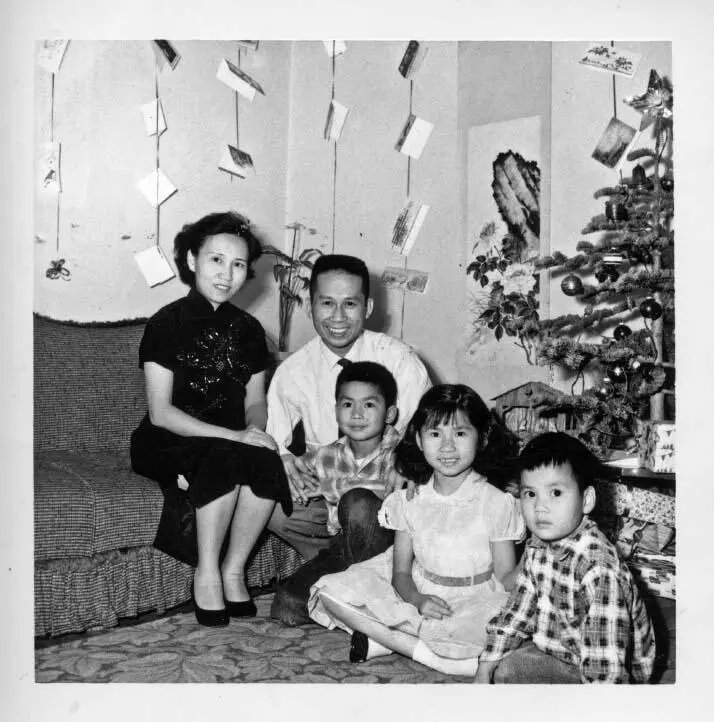
[From the journal]
2012
You think you are oceans apart when it is really only a slipstream that you fell into by accident or inattention.
CONTENTS
Cover
Title Page
Copyright
Dedication
Introduction – Where the Past Begins
PROLOGUE – The Breaker of Combs
I. IMAGINATION
CHAPTER ONE – A Leaky Imagination
CHAPTER TWO – Music as Muse
Quirk – Souvenir from a Dream
CHAPTER THREE – Hidden Genius
Interlude – Reorientation: Homer, Alaska
II. MEMORY IN EMOTION
CHAPTER FOUR – Genuine Emotions
CHAPTER FIVE – The Feeling of What It Felt Like When It Happened
Quirk – A Mere Mortal at Age Twenty-Five
Quirk – A Mere Mortal at Age Twenty-Six
Quirk – How to Change Fate: Step 1
III. RETRIEVING THE PAST
Interlude – The Unfurling of Leaves
Interlude – The Auntie of the Woman Who Lost Her Mind
CHAPTER SIX – Unstoppable
Quirk – Time and Distance: Age Twenty-Four
Quirk – Time and Distance: Age Fifty
Quirk – Time and Distance: Age Sixty
IV. UNKNOWN ENDINGS
CHAPTER SEVEN – The Darkest Moment of My Life
Quirk – Nipping Dog
CHAPTER EIGHT – The Father I Did Not Know
Quirk – Reliable Witness
V. READING AND WRITING
Interlude – I Am the Author of This Novel
CHAPTER NINE – How I Learned to Read
Quirk – Splayed Poem: The Road
Quirk – Eidolons
CHAPTER TEN – Letters to the Editor
CHAPTER ELEVEN – Letters in English
Quirk – Why Write?
VI. LANGUAGE
CHAPTER TWELVE – Language: A Love Story
Quirk – Intestinal Fortitude
CHAPTER THIRTEEN – Principles of Linguistics
Epilogue – Companions in the House
Acknowledgments
About the Author
Also by Amy Tan
About the Publisher
INTRODUCTION
WHERE THE PAST BEGINS
In my office is a time capsule: seven large clear plastic bins safeguarding frozen moments in time, a past that began before my birth. During the writing of this book, I delved into the contents—memorabilia, letters, photos, and the like—and what I found had the force of glaciers calving. They reconfigured memories of my mother and father.
Among the evidence were my parents’ student visas to the United States, letters from the U.S. Department of Justice regarding their deportation, as well as an application for citizenship. I found artifacts of life’s rites of passage: wedding announcements, followed soon by birth announcements, baby albums with tiny black handprints and downy locks of hair; yearly diaries; the annual Christmas letters with complaints and boasts about the children; floral-themed birthday and anniversary cards; a list of twenty-two people who had given floral contributions for my father’s funeral; and condolence cards bearing illustrations of crosses, olive trees, and dusk at the Garden of Gethsemane. There was also a draft of a surprising mature-sounding letter that I had written to serve as the template my mother could copy to thank people for their sympathy.
Perhaps the most moving discoveries were the letters to me from my mother and the letters to my mother from me. She had saved mine and I had saved hers, even the angry ones, which is proof of love’s resilience. In another box, I found artifacts of our family’s hard work: my mother’s ESL essay on becoming an immigrant and her nursing school homework; my father’s thesis, sermons, and his homework for a graduate class in electrical engineering; my grade school essays and my brother Peter’s history compositions; the report cards of Peter, John, and me, from kindergarten through high school, as well as my father’s college records. In different files, I recovered my father’s and mother’s death certificates. I haven’t come across Peter’s yet, but I found a photo of him in a casket, his sixty-pound body covered by a high school letterman jacket, but with nothing to conceal the mutilation of his head by surgeries and an autopsy. So now I have to ask myself: What kind of sentimentality drove me to keep that?
Actually, I never throw away photos, unless they are blurry. All of them, even the horrific ones, are an existential record of my life. Even the molecules of dust in the boxes are part and parcel of who I am—so goes the extreme rationale of a packrat, that and the certainty that treasure is buried in the debris. In my case, I don’t care for dust, but I did find much to treasure.
To be honest, I have discarded photos of people I would never want to be reminded of again, a number that, alas, has grown over the years to eleven or twelve. The longer I live the more blurry photos I’ve accumulated, along with a few sucker punches from people I once trusted and who did the equivalent of knocking me down to be first in line at the ice-cream truck. Age confers this simple wisdom: Don’t expose yourself to malarial mosquitoes. Don’t expose yourself to assholes. As it turns out, throwing away photos of assholes does not remove them from consciousness. Memory, in fact, gives you no choice over which moments you can erase, and it is annoyingly persistent in retaining the most painful ones. It is extraordinarily faithful in recording the most hideous details, and it will recall them for you in the future with moments that are even only vaguely similar.
Читать дальше
